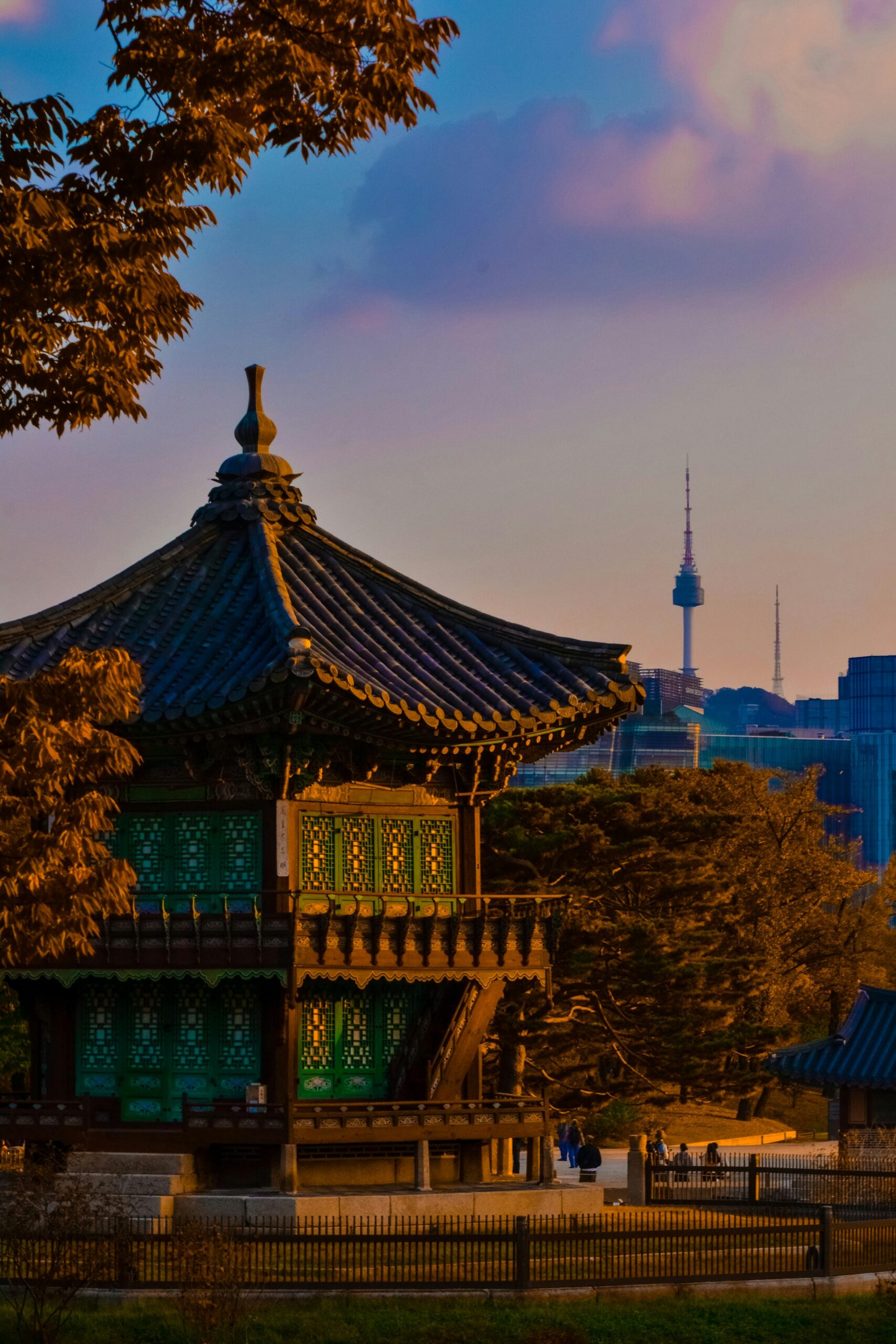Introduction
The symbolic use of Korean landmarks transcends their physical presence, reflecting the rich history, culture, and identity of the Korean people. These landmarks are not merely tourist attractions but serve as powerful cultural icons, repositories of national memory, and embodiments of philosophical and artistic ideals. From ancient palaces to modern skyscrapers, each landmark holds layers of meaning that communicate Korea’s journey through dynastic legacy, colonial resistance, rapid modernization, and efforts toward reunification. Exploring how these sites function symbolically allows us to better understand Korea’s cultural psyche and its narrative both internally and on the global stage. This article delves into the multiple dimensions behind some of Korea’s most iconic landmarks, revealing the stories they tell and the messages they convey.
The Historical Legacy of Palaces as Symbols of Sovereignty
Korean palaces such as Gyeongbokgung and Changdeokgung are quintessential symbols of Korea’s royal heritage and sovereignty. Built during the Joseon Dynasty, these palatial complexes embody Confucian ideals of order, harmony, and governance. Their architecture and spatial layout were designed not only for royal residence but also to project the power and legitimacy of the Korean monarchy. The intricate decorations, gardens, and throne halls symbolize a sophisticated governance system rooted in tradition, serving as a reminder of Korea’s sovereign past before foreign domination. Even today, these palaces evoke national pride and continuity, holding deep significance as cultural treasures that survived colonization and war, embodying resilience and identity.
The Role of DMZ and Imjingak as Symbols of Division and Hope
The Korean Demilitarized Zone (DMZ) and Imjingak Pavilion symbolize the painful division of the Korean Peninsula while simultaneously representing hope for reconciliation. The DMZ stands as a stark reminder of a nation torn by ideological conflict after the Korean War, with its heavily fortified zone emphasizing the ongoing tension. Contrastingly, Imjingak, located near the border, serves as a place where families separated by the division gather, and visitors can reflect on the desire for peace. As symbolic landmarks, they encapsulate both the trauma of separation and the universal longing for reunification. The imagery and narratives connected with these sites evoke strong emotional responses and a collective aspiration for harmony.
Modern Landmarks as Emblems of Korea’s Technological and Cultural Ambition
Seoul’s modern landmarks such as the Lotte World Tower and Dongdaemun Design Plaza represent Korea’s rapid development and ambition on the global cultural stage. These architectural marvels symbolize Korea’s leap into the future, reflecting innovation, creativity, and economic progress. Beyond their function as business hubs and cultural venues, they project an identity of a modern nation that values technological advancement while fostering artistic expression. The integration of cutting-edge technology and contemporary design serves as a metaphor for Korea’s dynamic transformation and global influence, highlighting the nation’s resilience and forward-looking spirit.
Religious and Philosophical Symbolism in Temples and Nature Sites
Korean landmarks like Bulguksa Temple and Seoraksan Mountain symbolize spiritual values and philosophical traditions deeply embedded in Korean culture. Bulguksa, a UNESCO World Heritage site, represents the Buddhist pursuit of enlightenment, peace, and compassion. Its architecture and stone pagodas are rich with symbolic meaning, fostering a spiritual connection that transcends time. Similarly, natural sites such as Seoraksan Mountain reflect the traditional Korean reverence for nature, rooted in Shamanistic and Daoist philosophies that emphasize harmony between humanity and the environment. These landmarks provide spaces for contemplation and spiritual renewal, underscoring Korea’s intertwined relationship between land, philosophy, and faith.
Landmarks as Tools of National Identity and Cultural Diplomacy
Korean landmarks have become essential tools in constructing and projecting national identity both domestically and internationally. They serve as cultural ambassadors, showcasing Korea’s unique heritage and contemporary image to the world. Events held at landmarks, international exhibitions, and their representation in media and popular culture amplify their symbolism as emblems of Korean pride and soft power. By preserving and promoting these sites, Korea reinforces a unified narrative that balances respect for tradition with innovation. This cultural diplomacy through landmarks fosters global awareness and appreciation, enabling Korea to maintain a distinct voice in an increasingly interconnected world.
In exploring the symbolic significance of Korean landmarks, it becomes clear that these sites weave together layers of historical memory, cultural philosophy, national identity, and futuristic ambition. Palaces evoke sovereignty and royal legacy, the DMZ and Imjingak poignantly highlight division and hope, while modern structures embody innovation and cultural confidence. Temples and nature sites connect the present to spiritual and philosophical roots, and all of these landmarks collectively contribute to Korea’s narrative on both a national and global level. Far from being mere physical structures, Korean landmarks function as powerful symbols that communicate the nation’s past struggles, present achievements, and enduring aspirations for unity and progress.
